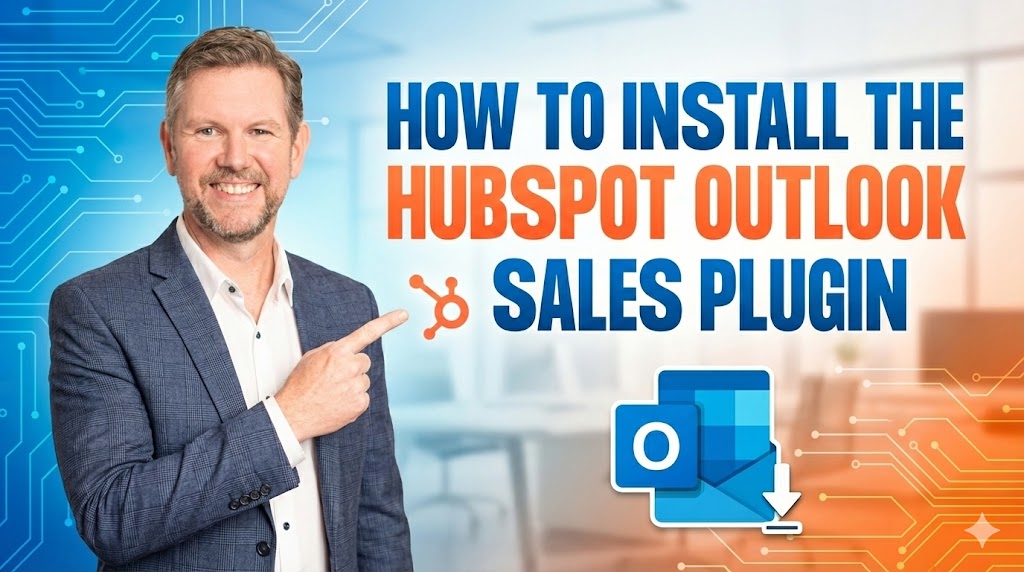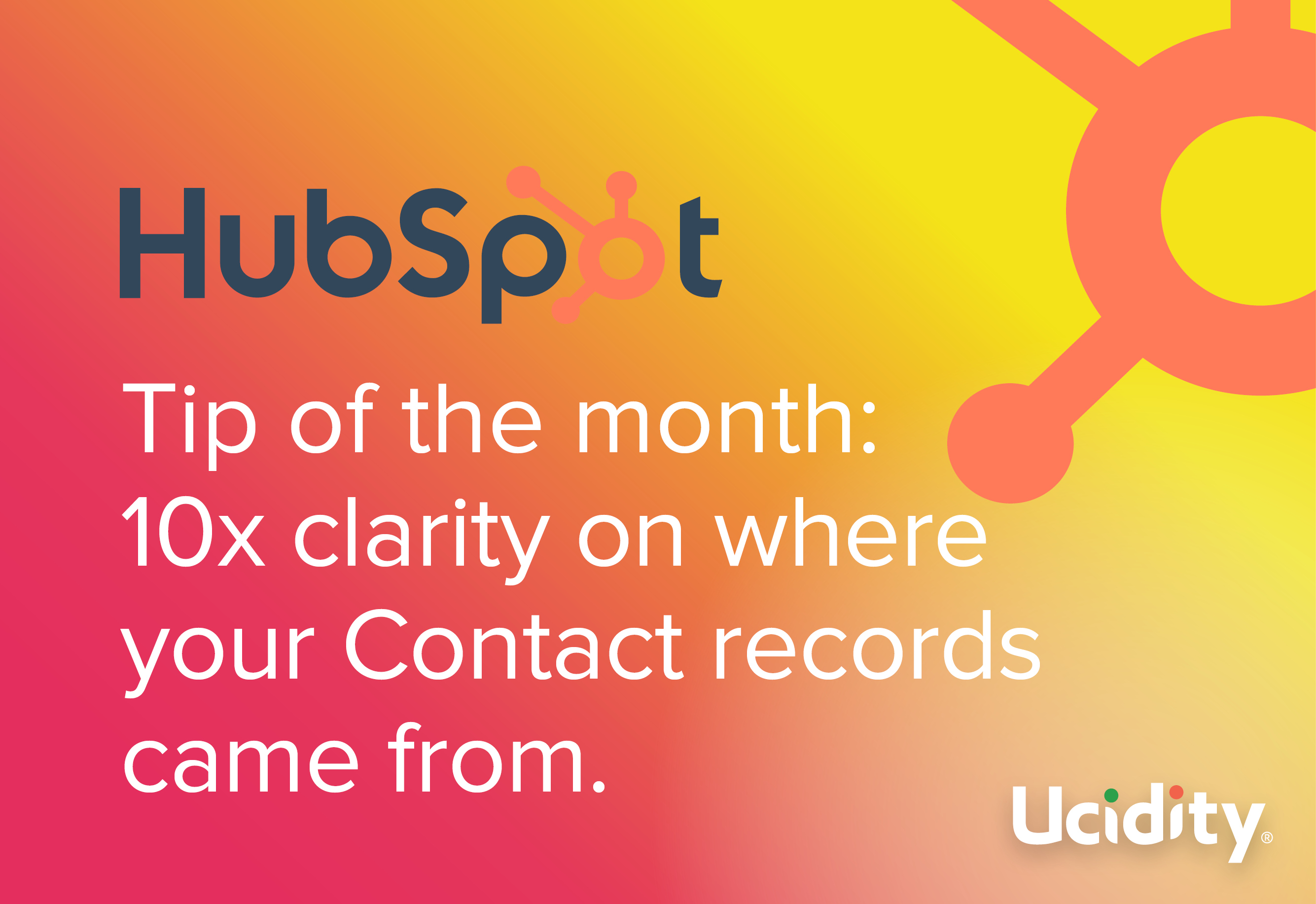
Content Marketing,Content Marketing | 5 min read
Many businesses consider marketing a cost because it often involves expenses to promote and advertise products or services to potential customers. Companies must allocate a budget for marketing activities such as market research, advertising, public relations, and sales promotions.
These expenses can include the costs of creating marketing materials, such as brochures, flyers, and online ads, as well as the salaries of marketing personnel and agency fees. While marketing can generate revenue and increase profits, it can still be considered a cost because it involves upfront expenses with no guarantee of return on investment, so each marketing team must carefully manage their marketing budgets to ensure they are getting the most value for their expenditures.
Marketing costs are often viewed as variable, meaning they can fluctuate with changes in sales or demand for a product or service. This makes it difficult for companies to forecast their marketing expenses accurately and can create financial challenges if sales volumes do not meet expectations.
There are many reasons why some companies have considered cutting their marketing budget. One of the primary reasons is to reduce costs and improve profitability. Marketing expenses can be significant, and reducing the marketing budget can free up funds for other business areas or help improve the bottom line. This may be especially important for companies experiencing financial difficulties or facing increased competition in their industry.
Undeniably, those who have cut down on costs are primarily due to a lack of faith in the effectiveness of their marketing efforts. If they feel that their marketing campaigns need to generate more leads or sales, scaling back on their marketing efforts has also become an option.
However, it is essential to note that cutting marketing budgets can have negative consequences. It can lead to a decrease in brand awareness, a decline in sales, and a loss of market share.
Cutting your marketing budget can have several negative effects on your business
Reduced brand awareness
If you reduce your marketing spend, fewer people will likely be exposed to your brand. This can lead to reduced brand awareness and decreased recognition among potential customers. With ongoing marketing efforts, you can gain visibility in the marketplace.
Decreased sales
Marketing is crucial for generating leads and sales. If you reduce your marketing budget, you may be able to reach fewer potential customers, which can result in decreased sales. This can be especially problematic if your competitors continue to invest in marketing and gain market share.
Difficulty reaching new customers
Without marketing, reaching or expanding into new markets can be difficult. This can limit your ability to grow your business and make it challenging to remain competitive.
Longer sales cycles
Marketing can help speed up sales by generating leads and nurturing prospects. Without ongoing marketing efforts, you may find that your sales cycles are longer and more challenging to close.

Let’s talk about sales growth and how it ties to your marketing efforts.
Sales growth is a company's revenue increase over a specific period. It is a crucial indicator of a company's financial health and is often used to measure the success of its sales efforts. Sales growth can be calculated in various ways, including comparing current revenue to previous periods or projecting future income based on recent sales trends.
Sales growth can be driven by multiple factors, including expanding into new markets, increasing market share, introducing new products or services, and improving customer retention rates. Companies often set sales growth targets as part of their overall business strategy and use sales data to monitor and adjust their sales efforts to meet those targets.
Maintaining consistent sales growth over time is important for a company's sustainability and long-term success. A company that experiences sustained sales growth is generally seen as financially healthy and attractive to investors. In contrast, a company with declining sales may struggle to compete in the market and face financial difficulties.
Both sales growth and growth rate can be expressed as a percentage increase over a specific period, such as a year or a quarter. Both are important performance indicators and can be used to evaluate a company's or investment's success.
Additionally, both sales growth and growth rate can be impacted by various internal and external factors, such as changes in market conditions, shifts in consumer preferences, or introduction of new competitors. Companies and investors use both metrics to help inform business decisions and monitor performance over time.

Some sales growth strategies
1. Think like your competitor
Finding growth opportunities before competitors can give your business a significant advantage in the market. Keep a close eye on your industry's latest trends and developments, including new technologies, consumer preferences, and market changes. This will help you identify areas where your business can grow and innovate before your competitors do.
Conduct regular market research to identify new customer needs, preferences, and pain points. This will help you identify gaps in the market that your competitors still need to address. Attend industry events, join industry groups, and collaborate with other professionals in your field. This will help you stay connected with the latest developments and identify potential partners or collaborators for new growth opportunities.
Analyse your competitors to identify areas where you can differentiate yourself and gain an advantage. Look for weaknesses in their offerings or areas needing to meet customer needs. Experiment with new products, services, and marketing strategies to identify growth opportunities. Test these ideas with a small group of customers before scaling up to ensure they are viable and have growth potential.
2. Sell the way customers want to sell
Selling the way customers want is essential to building a successful business. Take the time to understand your customers' needs, preferences, and pain points. This will help you tailor your sales approach to meet their specific needs.
Listen actively to your customers to understand their concerns and preferences. This will help you build rapport and trust and allow you to address their needs more effectively. Focus on offering solutions rather than just selling products or services. Your customers are looking for answers to their problems, so show them how your offerings can help solve their problems.
Be flexible in your sales approach to accommodate your customers' preferences. This may include offering different payment options, delivery methods, or customisation options. Leverage technology to offer a personalised and convenient buying experience. This may involve using chatbots or virtual assistants to answer customer questions, offering online ordering and payment options, or providing personalised recommendations based on their purchase history.
Lastly, provide exceptional customer service to build customer loyalty and encourage repeat business. This includes being responsive to customer inquiries and concerns and going above and beyond to meet their needs.
3. Leverage technology
Technology can be a powerful ally for sales because it enables businesses to sell more efficiently and effectively. Technology can automate many sales tasks, such as lead generation, qualification, and follow-up. This frees salespeople to focus on higher-value tasks, such as building customer relationships and closing deals.
Data analysis can provide valuable insights into customer behaviour and preferences, allowing businesses to tailor their sales approach to meet customers' needs more effectively. It also helps businesses provide customers with a more personalised buying experience by recommending products based on their purchase history or offering customised pricing options.
Because technology has branched out into many different things, it's more accessible for customers to buy from businesses by offering online ordering and payment options or providing chatbots and virtual assistants to answer customer inquiries, you can increase the rate of your sales through a combined effort with marketing in many ways. Reach out to Ucidity and find out how we can work with your marketing budget so that you can continue to grow your business!
Despite all marketing budget hurdles, can still increase the rate of your sales through a combined effort with marketing in many ways. Reach out to Ucidity and find out how we can work with your marketing budget so that you can continue to grow your business!
Published on April 28, 2023




